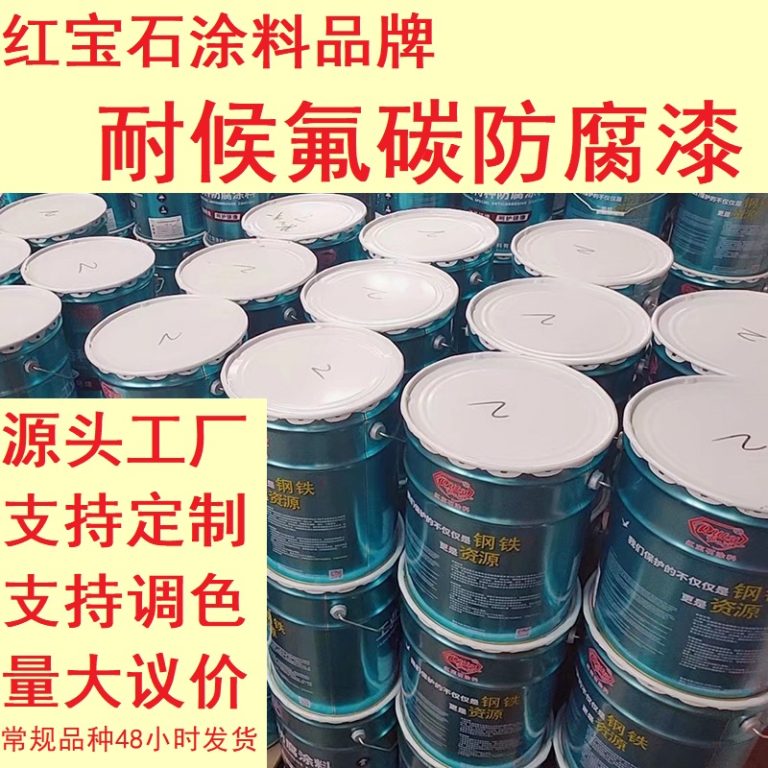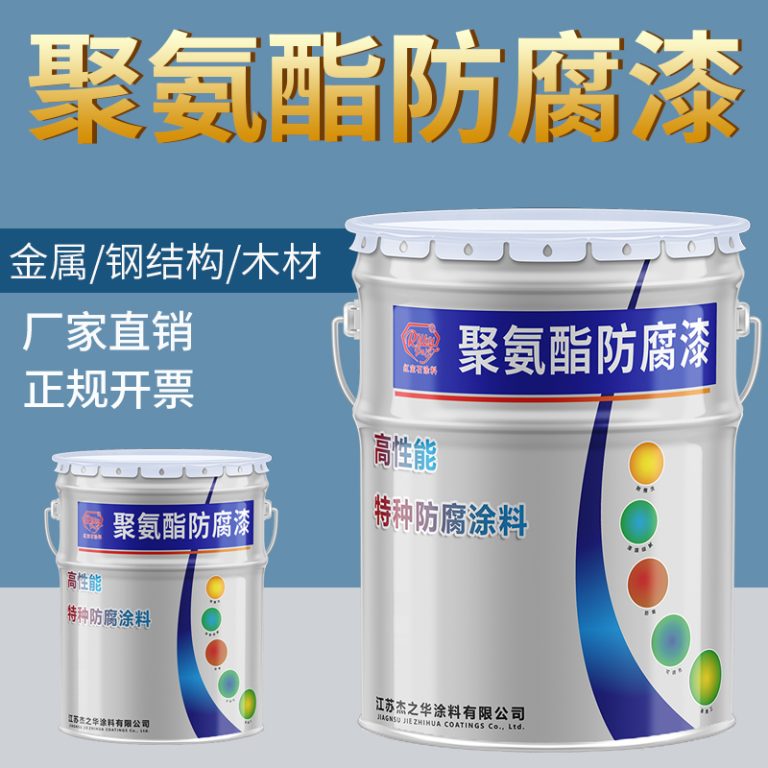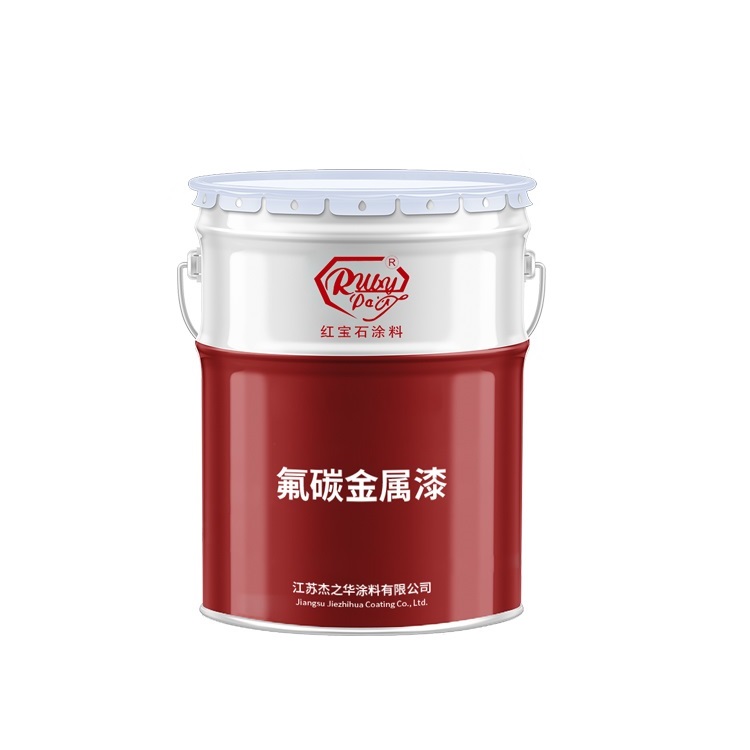Best Paints for Copper Surfaces: Ensuring Adhesion and Durability
Copper, with its warm, lustrous sheen, is a metal that exudes elegance and durability. However, when it comes to painting copper surfaces, the task can be challenging due to its non-porous nature which makes adhesion difficult. The key to successful painting lies in choosing the right type of paint and preparing the surface properly to ensure both adhesion and durability.
To begin with, it is essential to understand that not all paints are suitable for copper. The best options are those specifically formulated to bond with metal surfaces. Epoxy-based paints are highly recommended for their strong adhesion properties and resistance to conditions that typically cause wear and tear. These two-component paints form a hard, durable finish that can withstand the elements, making them an excellent choice for copper surfaces that are exposed to outdoor environments.
| Serial Number | Products |
| 1 | Epoxy Zinc rich paint |
Another viable option is acrylic latex paint, which offers good adhesion and ease of use. This water-based paint is less toxic than epoxy and can be cleaned up with soap and water, making it a user-friendly choice for DIY enthusiasts. However, it is important to note that while acrylic latex paint adheres well to copper, it may not be as durable as epoxy, especially in harsh weather conditions.

For those seeking a spray paint solution, there are aerosol products designed for use on metal surfaces that can provide a smooth, even coat. These paints often contain a primer and paint in one, which can save time during application. However, it is crucial to select a high-quality spray paint that specifies use on metal to ensure the best results on copper.
| No. | Article Name |
| 1 | Industrial paint |
Regardless of the type of paint chosen, surface preparation is paramount. Copper surfaces must be thoroughly cleaned to remove any grease, dirt, or oxidation. A degreaser or a solution of vinegar and salt can be used to clean the surface, followed by a rinse with clean water. Once the copper is clean, it should be sanded lightly with fine-grit sandpaper to create a slightly rough texture. This step is vital as it provides “tooth” for the paint to grip onto, which is especially important for metals like copper that have a naturally smooth surface.
After sanding, a metal primer should be applied to the copper. Primers are specifically formulated to enhance paint adhesion and provide a protective layer that can prevent corrosion. It is imperative to use a primer that is compatible with both the copper surface and the type of paint being used. For example, an epoxy primer would be suitable under epoxy paint, while a galvanized metal primer might be recommended for use with acrylic latex paint.
Once the primer has dried completely, the paint can be applied. It is advisable to apply multiple thin coats rather than one thick coat to avoid drips and ensure even coverage. Each coat should be allowed to dry thoroughly before applying the next, as per the manufacturer’s instructions.
In conclusion, painting copper surfaces requires careful selection of paint and meticulous surface preparation. Epoxy-based paints and acrylic latex paints are among the best choices for ensuring adhesion and durability on copper. Additionally, high-quality spray paints can also be effective if chosen and applied correctly. By following these guidelines and paying close attention to the cleaning, sanding, and priming stages, one can achieve a beautiful and long-lasting finish on copper surfaces.





